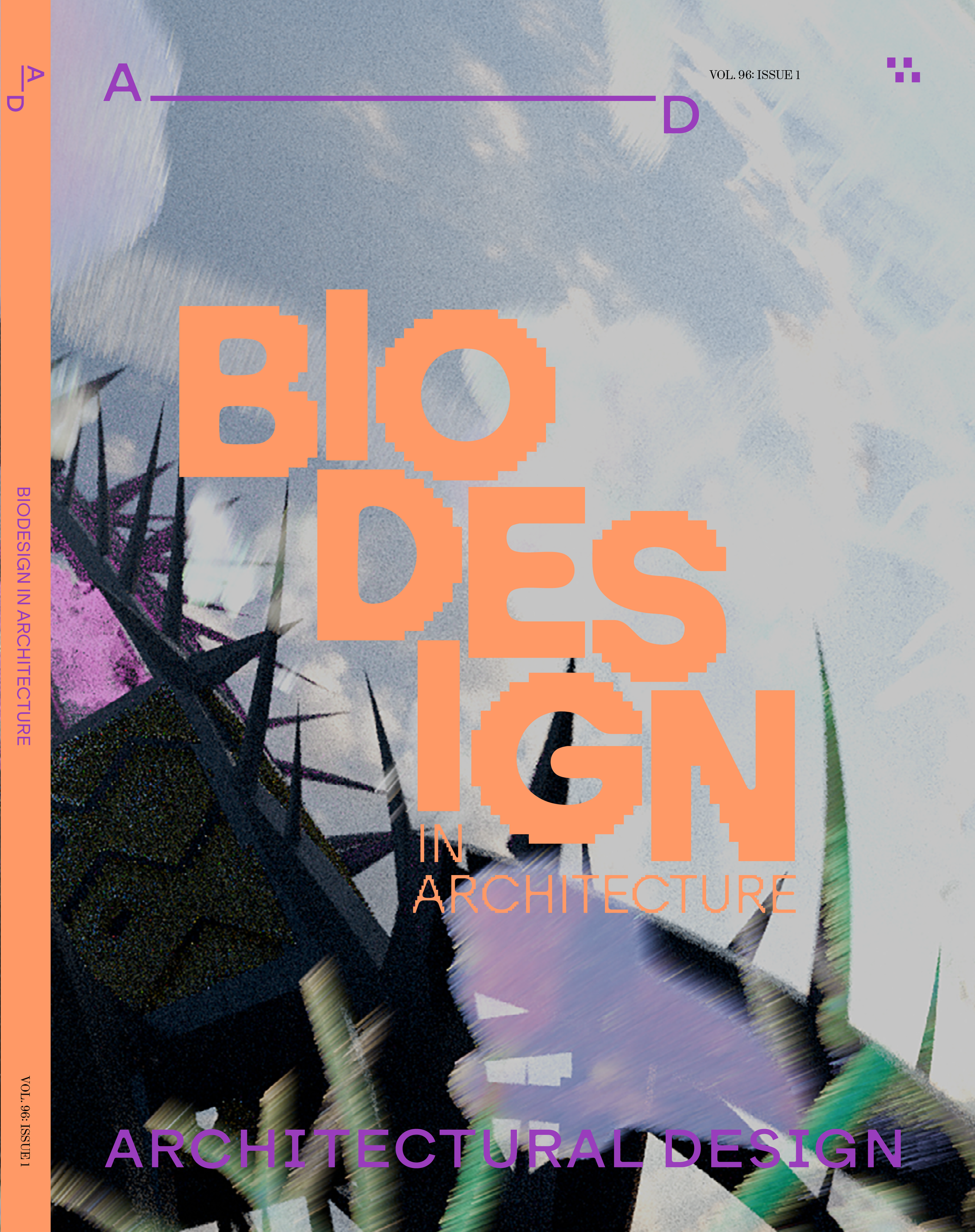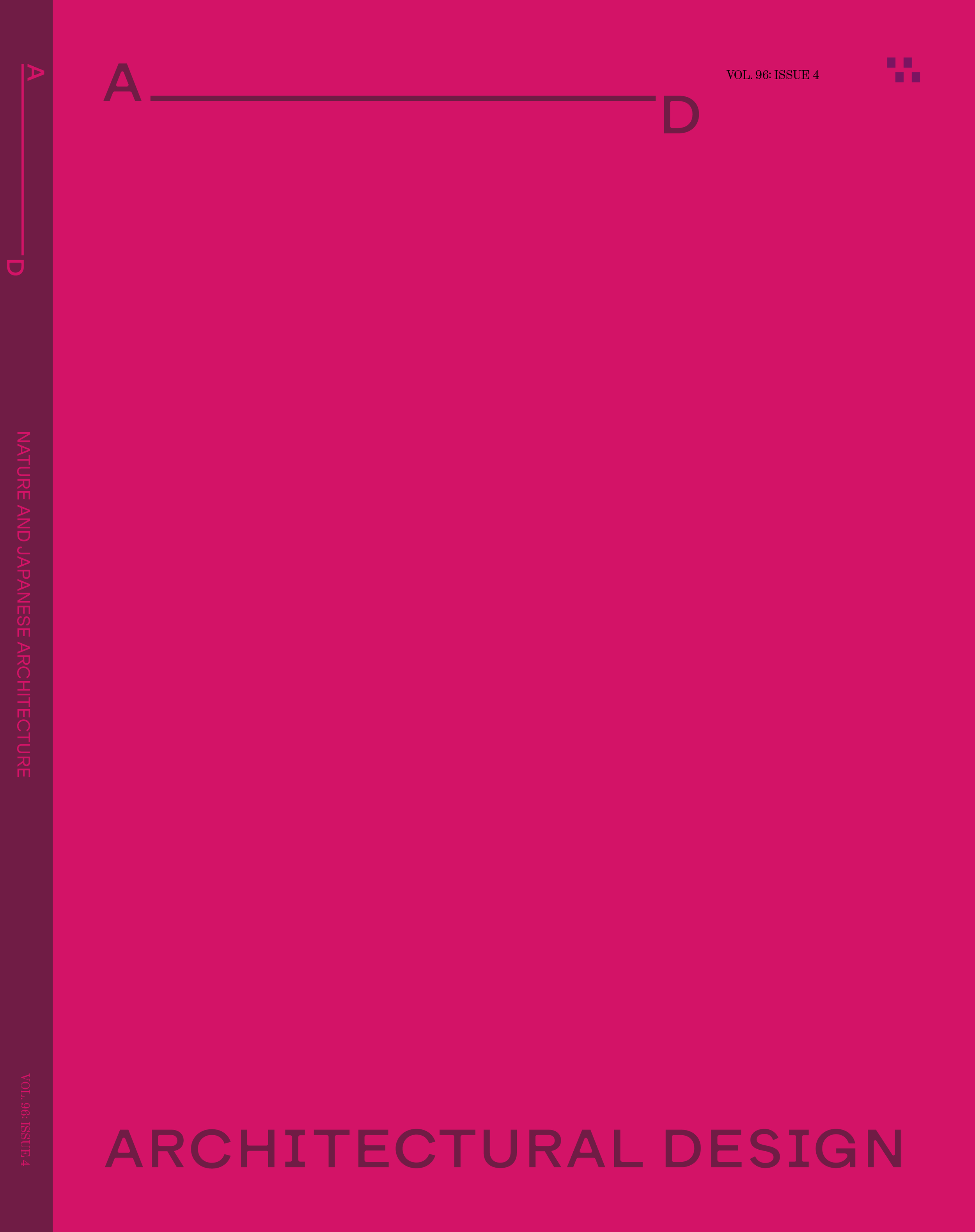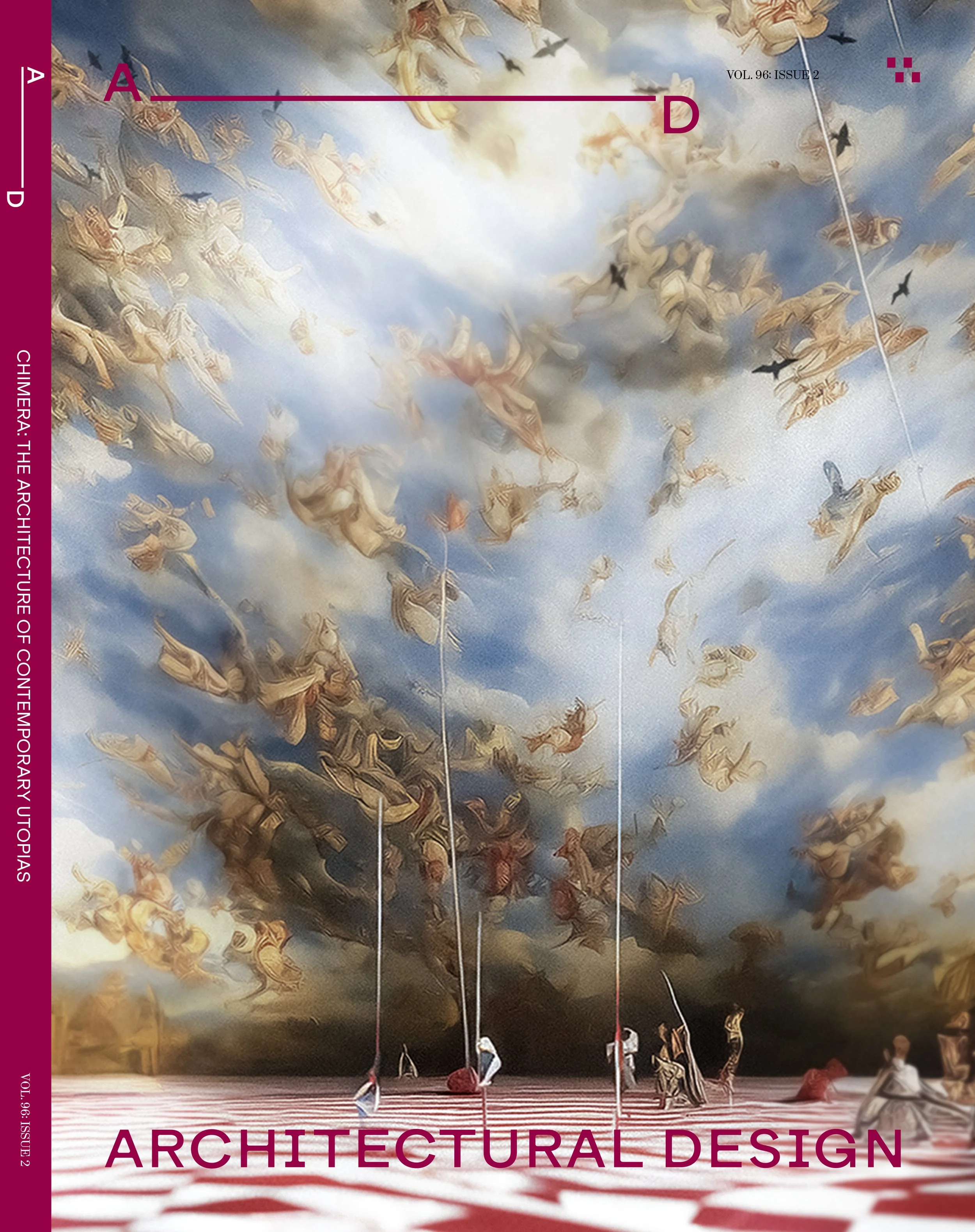 Image 1 of 1
Image 1 of 1


PREORDER VOL 96.1 Biodesign in Architecture
Guest-edited by Rachel Armstrong and Richard Beckett
While biodesign’s roots lie in the material science and medical innovations of the 1990s, architecture’s relationship with nature stretches back millennia. Today, this relationship is being redefined as biodesign forays further into the public realm and actively reshapes how we imagine and construct our living environments.
The means and methods of contemporary biodesign signal a disciplinary transition toward an adaptive, collaborative approach to architecture that promotes an ethics of co-creation with nature, a politics that embraces marginalized traditions, and an economics grounded in ecological resilience.
This issue of AD marks a turning point in the evolution of biodesign, from isolated prototypes to visionary, inhabitable futures—spaces where the built environment becomes indistinguishable from the living systems it supports. This reality requires new theories of practice that integrate microbial intelligence, unconventional computing, biomaterials, and architectural design—a plurality of approaches grounded in reciprocity and regeneration.
CONTRIBUTORS
Rachel Armstrong, Phil Ayres, Richard Beckett, Beatriz Colomina and Mark Wigley, Marcos Cruz and Brenda Parker, Jonathan Dessi-Olive, Nancy Diniz and Frank Melendez, Joyce Hwang, Kyoung Hee Kim, Maria Kuptsova, Mae-Ling Lokko, Paul Nicholas and Mette Ramsgaard Thomsen, Claudia Pasquero, Ronald Rael, Ehab Sayed, Milad Showkatbakhsh, and Neil Spiller
FEATURED ARCHITECTS AND DESIGNERS
AA Design + Make, BIOHM, bioMATTERS, Beckett Lab, CITA – Centre for Information Technology and Architecture, ecoLogicStudio, Emerging Technologies (Architectural Association), Regenerative Architecture Arts and Design (RAAD) research group, and Studio Biocene
Guest-edited by Rachel Armstrong and Richard Beckett
While biodesign’s roots lie in the material science and medical innovations of the 1990s, architecture’s relationship with nature stretches back millennia. Today, this relationship is being redefined as biodesign forays further into the public realm and actively reshapes how we imagine and construct our living environments.
The means and methods of contemporary biodesign signal a disciplinary transition toward an adaptive, collaborative approach to architecture that promotes an ethics of co-creation with nature, a politics that embraces marginalized traditions, and an economics grounded in ecological resilience.
This issue of AD marks a turning point in the evolution of biodesign, from isolated prototypes to visionary, inhabitable futures—spaces where the built environment becomes indistinguishable from the living systems it supports. This reality requires new theories of practice that integrate microbial intelligence, unconventional computing, biomaterials, and architectural design—a plurality of approaches grounded in reciprocity and regeneration.
CONTRIBUTORS
Rachel Armstrong, Phil Ayres, Richard Beckett, Beatriz Colomina and Mark Wigley, Marcos Cruz and Brenda Parker, Jonathan Dessi-Olive, Nancy Diniz and Frank Melendez, Joyce Hwang, Kyoung Hee Kim, Maria Kuptsova, Mae-Ling Lokko, Paul Nicholas and Mette Ramsgaard Thomsen, Claudia Pasquero, Ronald Rael, Ehab Sayed, Milad Showkatbakhsh, and Neil Spiller
FEATURED ARCHITECTS AND DESIGNERS
AA Design + Make, BIOHM, bioMATTERS, Beckett Lab, CITA – Centre for Information Technology and Architecture, ecoLogicStudio, Emerging Technologies (Architectural Association), Regenerative Architecture Arts and Design (RAAD) research group, and Studio Biocene










